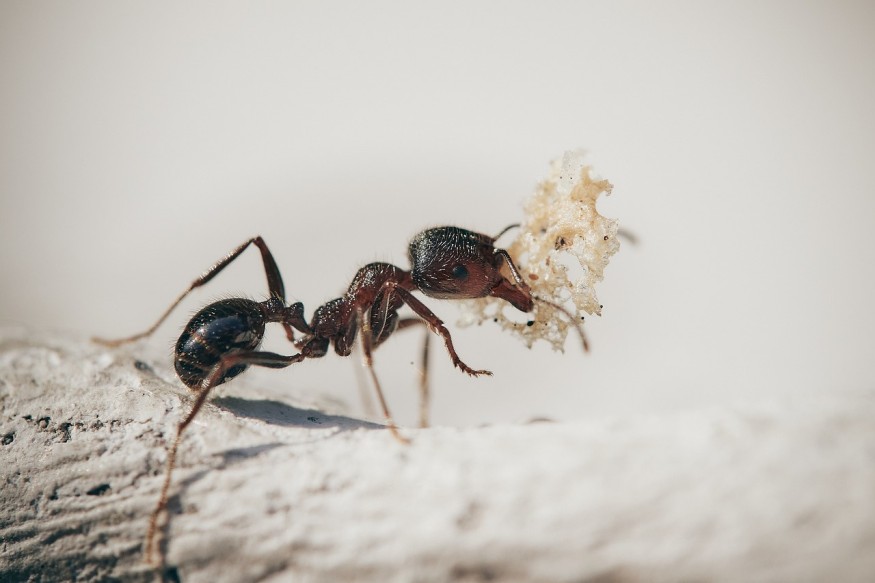Parasites of different forms are known to infect ants and other species, groups in the Animal Kingdom. The relationship has often been deemed as parasitic since the organism dwelling inside the host's body survives by consuming the latter.
However, not all infections can be treated as parasitic, especially if it can make one look more appealing, younger, and even live longer.
In a new study, scientists found that a certain parasitic tapeworm can triple an ant's lifespan. It can also change its appearance to please other ants in the colony to follow its own favor, including relaxing or not working at all.
These findings are also related to a Finland-led study last year about a certain sexually-transmitted parasite that can make people look more attractive.
Regardless of the outcome, many still consider parasitic infections detrimental or life-threatening in general.
The importance of the new study highlights the potential of parasites to be used for various purposes such as altering genes that are favorable to its hosts.
Nevertheless, it is still unclear if a parasite can extend the human lifespan, much as it did to the ants.
Ant Lifespan Extended

Parasitism means that one organism (parasite) lives from another organism (host), harming it and possibly cause death.
Some examples of these parasites include tapeworms, barnacles, and fleas, according to the New England Complex Systems Institute.
The new study, which is yet to be peer-reviewed, has been posted in the journal bioRxiv on May 22, wherein researchers from Johannes Gutenberg University in Germany and other institutions emphasized the phrase "long live the host" on the title of their paper.
The focus revolves around the parasitic manipulation of the tapeworm on its ant host called Temnothorax nylanderi.
The research team observed the tapeworm (Anomataenia brevis) could transform the physical appearance, behavior, and even extend the infected ant's lifespan by three times compared to its peers.
The exact biological mechanisms behind these changes remains uncertain.
However, the team pointed that the parasite uses the gut of the ant to pump antioxidants and other proteins to the insect's bloodstream.
Temnothorax Nylanderi Ants
T. nylanderi ants are characterized by their small pale yellow to yellowish-brown color, especially for the species' workers. They inhabit parks and woodland habitats where they can nest in cavities in sticks, rotting branches, tree stumps, bark, and even at the base of tree trunks, according to the website Bees, Wasps & Ants Recording Society.
The reason behind why the parasite tapeworm A. brevis chooses the said ant species to be infected; although it was mentioned in previous studies that some organisms tend to develop their parasitic tendencies on creatures.
In May 2021, a similar study by researchers in Germany and Israel also showed the occurrence of extreme lifespan extension among tapeworm-infected ant workers of T. nylanderi.
It was posted in the website of the journal Royal Society Open Science.
Related Article : Zombie Ant Fungus Kills Hosts at their 'Doorstep'
© 2026 NatureWorldNews.com All rights reserved. Do not reproduce without permission.





